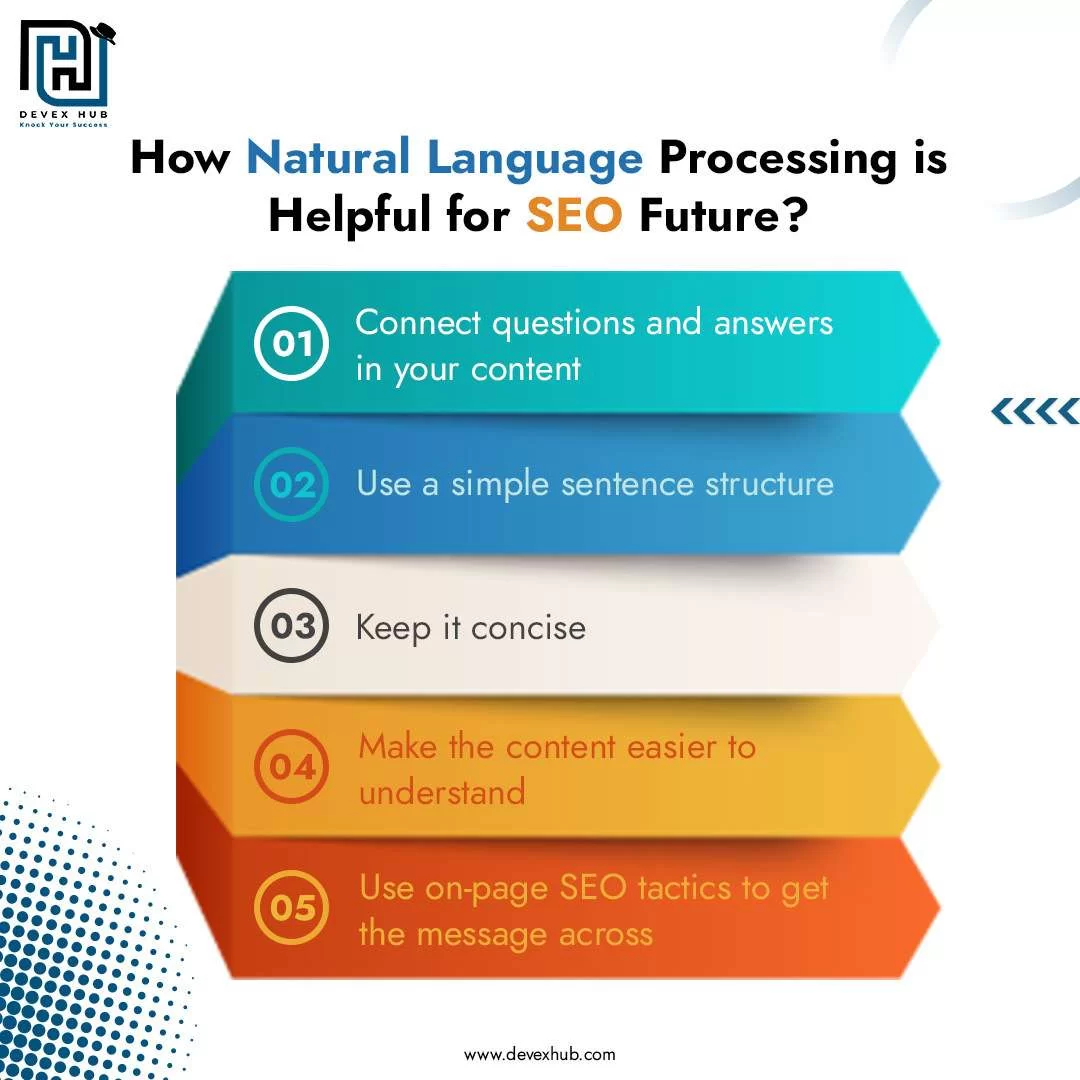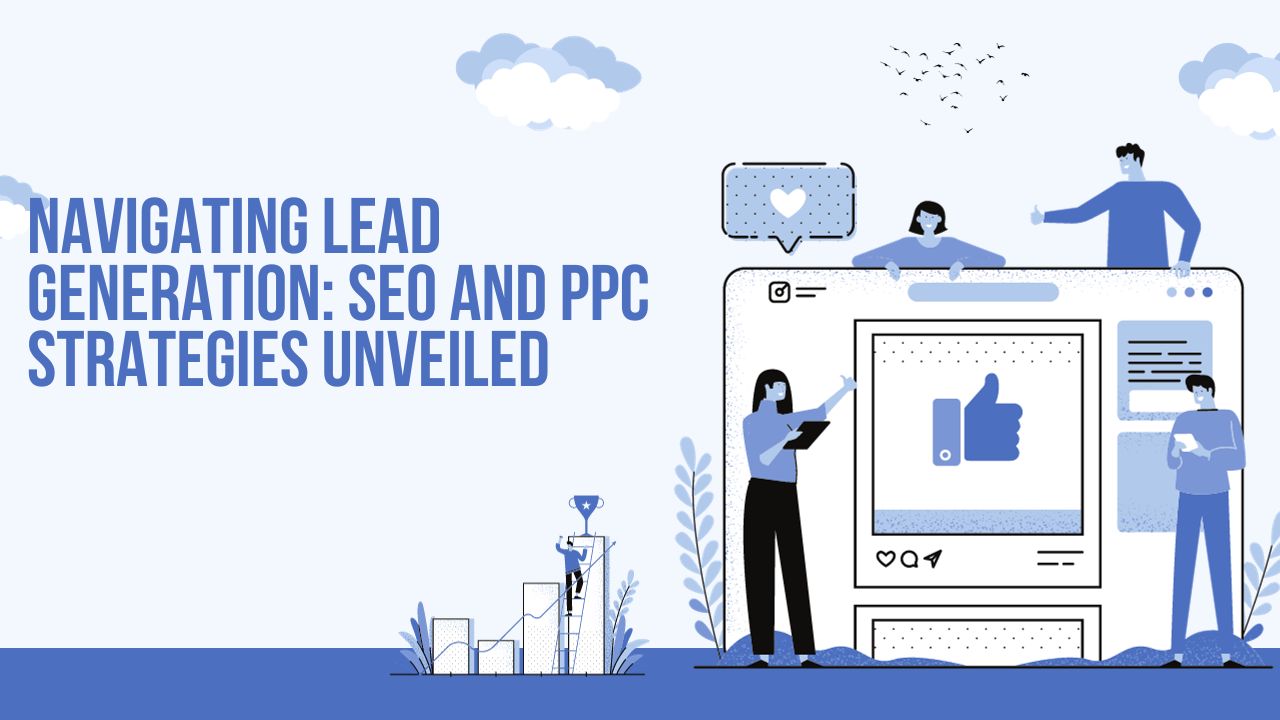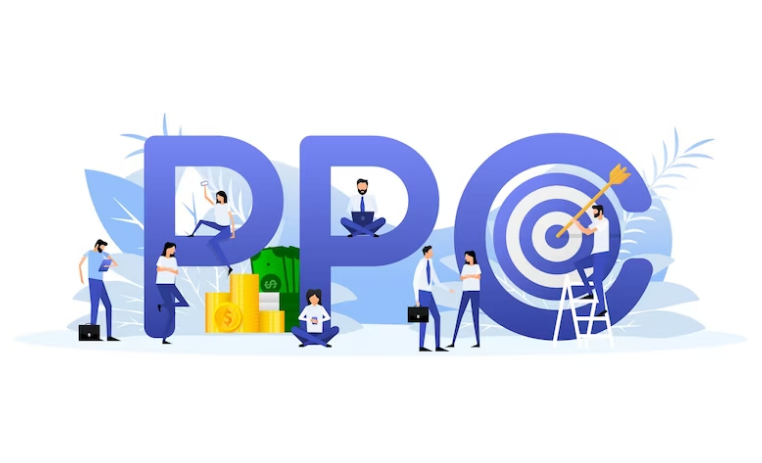How Natural Language Processing is Helpful for SEO Future?

Traditionally, SEO has focused on optimizing content around a narrow range of searched keywords or phrases. These terms are strategically placed within content, such as in titles, images, and metadata to improve search engine rankings.
While this approach is easy to understand and operate, relying on this strategy can cause you to overlook aspects of SEO.
This strategy ignores the importance of contextual nuances, and this means that your content will drown in rankings. It is because search engines interpret content according to thematic modeling and linguistic systems used in natural language processing.
What is natural language processing? (Natural Language Processing)
Each time a user enters something in Google, he asks a question. It is in Google’s best interest to provide relevant content that responds to specific searches. So, as SEOs, we should be doing everything to optimize our content according to the needs of our customers and the way Google interprets content on the web.
Natural Language Processing is a complicated procedure that involves analyzing text to identify relationships between words, phrases, and the meaning of words. This helps to better understand what is actually being asked.
There are over 11 important components in natural language processing and each approach is likely to be used by search engines like Google and Bing to categorize information around the world.
Even though the different components of natural language processing seem very complex, there are steps you can take to improve your content and be more visible today.
1. Connect questions and answers in your content
Optimizing content for natural language processing should start with a simple sentence structure that provides concise information to your audience. You should always try to match the exact questions people ask with logical answers.
2. Use a simple sentence structure
Google crawls the content of your site to find the information that best corresponds to the questions asked by Internet users when making a request in search engines. If the structure of your sentence is too complicated, then you risk that Google fails to grasp the idea behind the words used.
3. Keep it concise
Many in the SEO community agree that long content tends to rank higher than short content. Some SEOs have therefore deduced that longer content is always more efficient. However, what they don’t realize is that the length of the content doesn’t matter more than its quality.
Some copywriters will beat around the bush to lengthen their content. But in reality, it makes it harder for Google and its readers to find the answers they are looking for. In other words, be direct, organize your content into thematic groups and always write for users, not search engines.
4. Make the content easier to understand
Google and Bing have thousands of engineers and psychologists who are improving their algorithms to categorize and deliver the best possible content based on search queries.
As these algorithms continue to grow, you should increase your efforts to provide them with the simplest answer possible.
This will help not only your readers but also search engines to crawl your content. Plus, you’ll be more likely to appear in featured snippets and voice search results if you provide an accurate, and quick response.
5. Use on-page SEO tactics to get the message across
Most SEO copywriters already know the importance of on-page SEO for positioning their content, but this “old school” approach to SEO will become more essential than ever as natural language processing continues to influence search engine results.
Headings: Use H1, H2, and H3 tags to divide your content into logical sections. This helps your readers and the search engines understand where the transitions are taking place.
Build Relationships: You can use captions to differentiate groups of ideas. These parent-child relationships help natural language processing by linking ideas and themes.
Create Lists: A list helps organize information quickly and easily. This not only helps build blocks of content but also improves your chances of appearing in featured snippets.
Word placement: Search engines use different formulas to understand the content. Natural language processing analyzes the proximity of words and phrases to other words and phrases when constructing the context for a specific idea.
We now have a basic understanding of natural language processing and techniques to optimize its content for the future of SEO.






Comments
Post a Comment